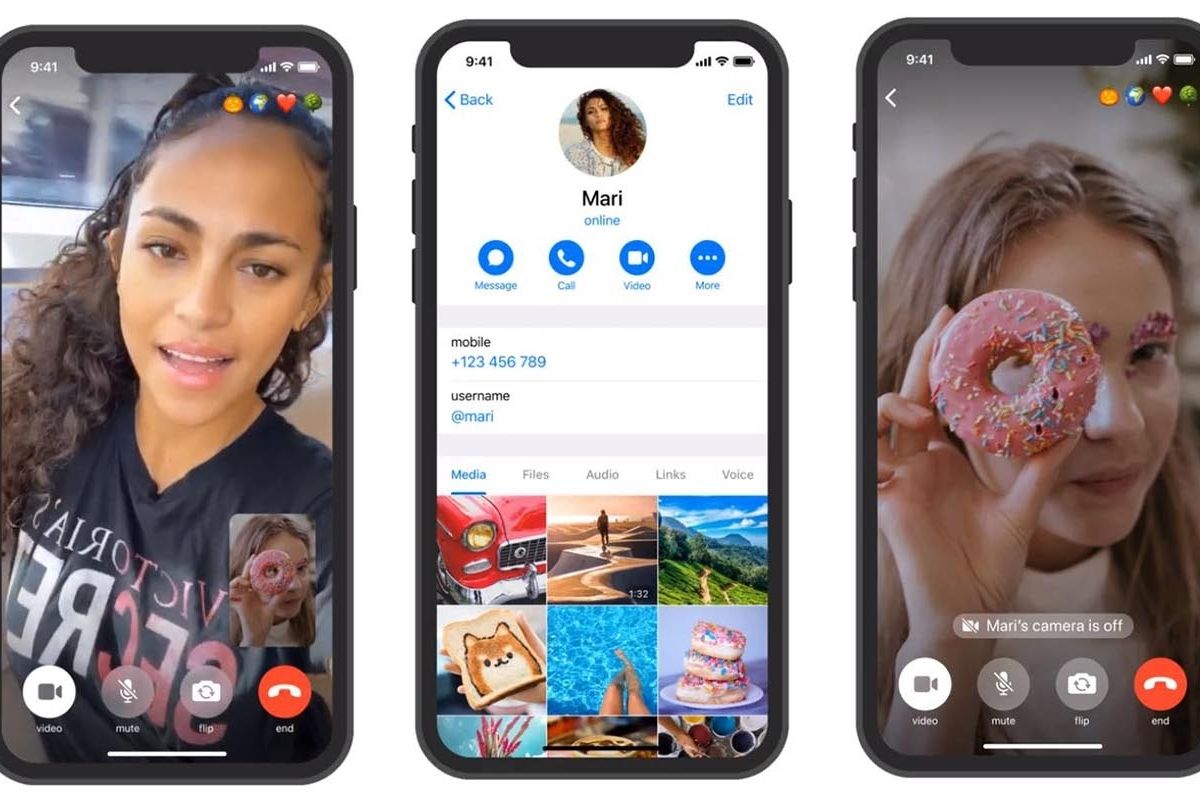Messaging services have become increasingly useful in these times, with users opting to connect with their loved ones via these platforms rather than meet offline, due to the pandemic. Due to this, Telegram, Signal and WhatsApp, the top three messaging platforms have gained multiple users since the start of the COVID-19 pandemic. To cater to the demand, all of them have been adding new features, be it privacy related, design-related or just in relation to functionality. This includes video conferencing, a feature that is mandated on all such platforms, as audio-only calls are fading away in favour of the much more modern and useful video-based calling. Today, Telegram announced that with the latest version of the app on iOS, Android and desktop, the users of the encrypted messaging application will be able to convert their group voice chats into video con-calls. With this, users will have the option to pin a user’s video feed to the screen so that they are at the top and in focus even if new participants join the call. Users will also be able to share their screen if they need to showcase something or share documents. Users will also be given the option to share their camera feed and screen at the same time, as per Engadget.
What Does the Group Video Call Option Include
Via the new release, group video calls will be limited to the first 30 people who will join the voice chat, but Telegram has mentioned that it will increase this number soon, with the intention to expand voice chats in order to support live events and other such new features. This functionality will be available on smartphones, tablets and computers. This comes after the messaging service’s CEO Pavel Durov had announced, via a message post on his official Telegram channel that Telegram would be adding a video dimension to its voice chats in May, making Telegram a powerful platform for group video calls. In April 2020, a blog post that went live to celebrate 400 million users joining telegram, it was mentioned that the global lockdown had highlighted the need for a trusted video communication tool much like messaging in 2013. There was also a mention of the security of group video calls, which might explain the delay in the release of the feature. In case you missed it, the company had reached 400 million active users in April of 2020, a decent rise from the first 200 million that was noted in 2018.
